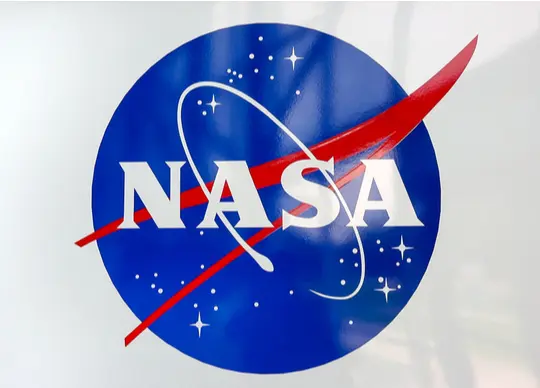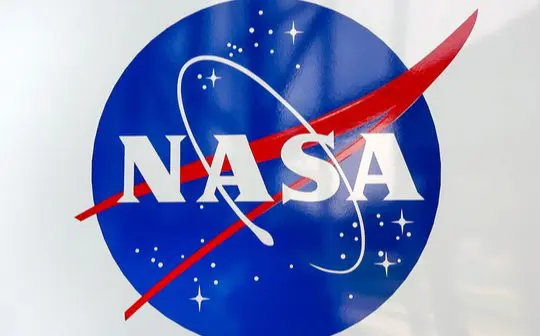
Five universities were chosen by NASA for grants to provide students with opportunities to design research experiments that will be conducted on the International Space Station. The selections are part of the agency’s Established Program to Stimulate Competitive Research or EPSCoR.
Each of the selected universities will receive approximately $100,000 through NASA EPSCoR. They are:
- University of Delaware, Newark
- University of Idaho, Moscow
- Montana State University, Bozeman
- University of Nebraska, Omaha
- New Mexico State University, Las Cruces
NASA EPSCoR, based at the agency’s Kennedy Space Center in Florida, provides research opportunities for jurisdictions that have not had the ability to participate equally in aerospace-related research activities. Its support is currently directed toward 25 states and three territories (Puerto Rico, Guam, and the U.S. Virgin Islands).
“Each of these projects has the potential to contribute to critical innovations in human spaceflight on the International Space Station and beyond,” said NASA EPSCoR Project Manager Jeppie Compton. “We’re very impressed with the ideas put forward in these investigation concepts and look forward to seeing how these technologies perform.”
The new awards will allow students to get hands-on experience preparing payloads bound for space and send their experiments or technology demonstrations to a microgravity environment.
“Getting something on the space station is not trivial in multiple ways,” said Alexandre Martin, a previous awardee and professor at the University of Kentucky. “There are a ton of tests you need to do, and there’s a lot of manpower involved. The NASA EPSCoR program exposes students to experiences they wouldn’t normally have.”
Investigations funded by NASA EPSCoR support the agency’s deep space exploration efforts and, ultimately, may assist with developing a long-term presence at the Moon in preparation for missions to Mars.
Through the Artemis program, NASA is preparing to send the first woman and first person of color to the Moon. Artemis missions will require explorers to be self-sufficient when away from Earth for longer periods of time. An investigation from the University of Idaho will use the space station to study “nonfouling thin film polymer coatings” that could prevent biofilm from forming on water stored in space – a preventative measure crucial for long-duration missions.
A technology demonstration from the University of Nebraska would advance of robotic surgery. After years of support and sponsorship from NASA, the university developed a miniature surgical robot and robotic endoscope camera aimed at enabling an “Operating Room in a Shoebox.” While on the station, the robot is set to demonstrate its ability to cut simulated tissue. The project will determine the amount of force needed to perform an operation, as well as whether microgravity affects precision. If successful, this miniature surgical robot could allow doctors to remotely perform minor surgeries in space.
In addition to supporting NASA’s deep-space exploration efforts, investigations funded through EPSCoR contribute to the agency’s low-Earth orbit initiatives, including its Commercial Crew Program. New Mexico State University’s technology demonstration focuses on a structural health monitoring system that could be a part of the “black box” recorder aboard new launch vehicles, providing real-time data during at stages including pre-flight, in-flight, and post-flight. The system could also play a key role in recertifying launch vehicles for future flights.
EPSCoR aims to build lasting research infrastructure in traditionally underfunded jurisdictions by establishing partnerships among NASA research missions, academic institutions, and industry. The program allows NASA to fund investigations critical to its mission while providing outside institutions direct access to space.





